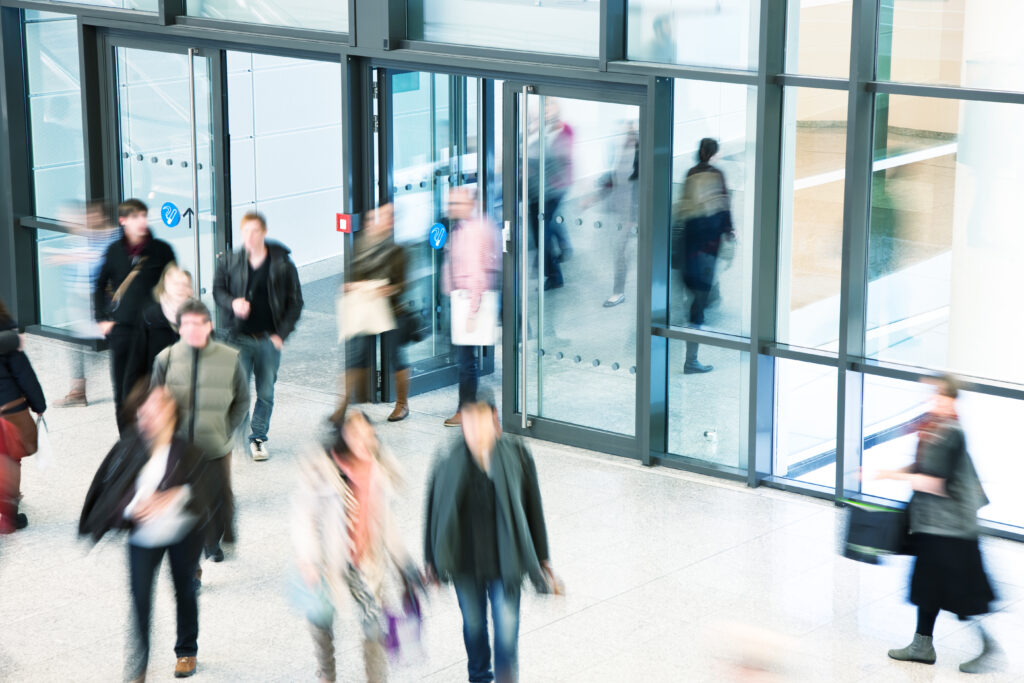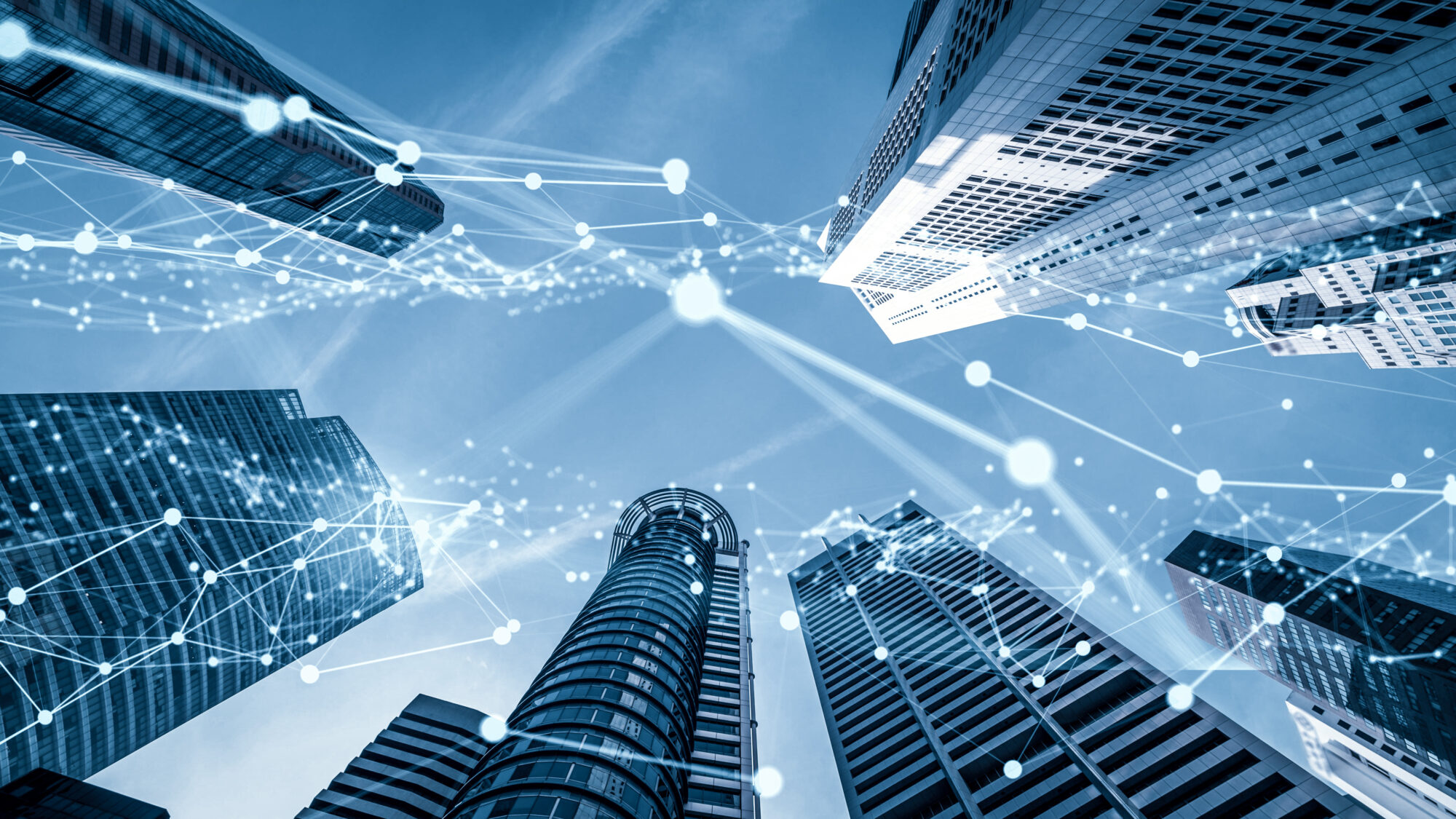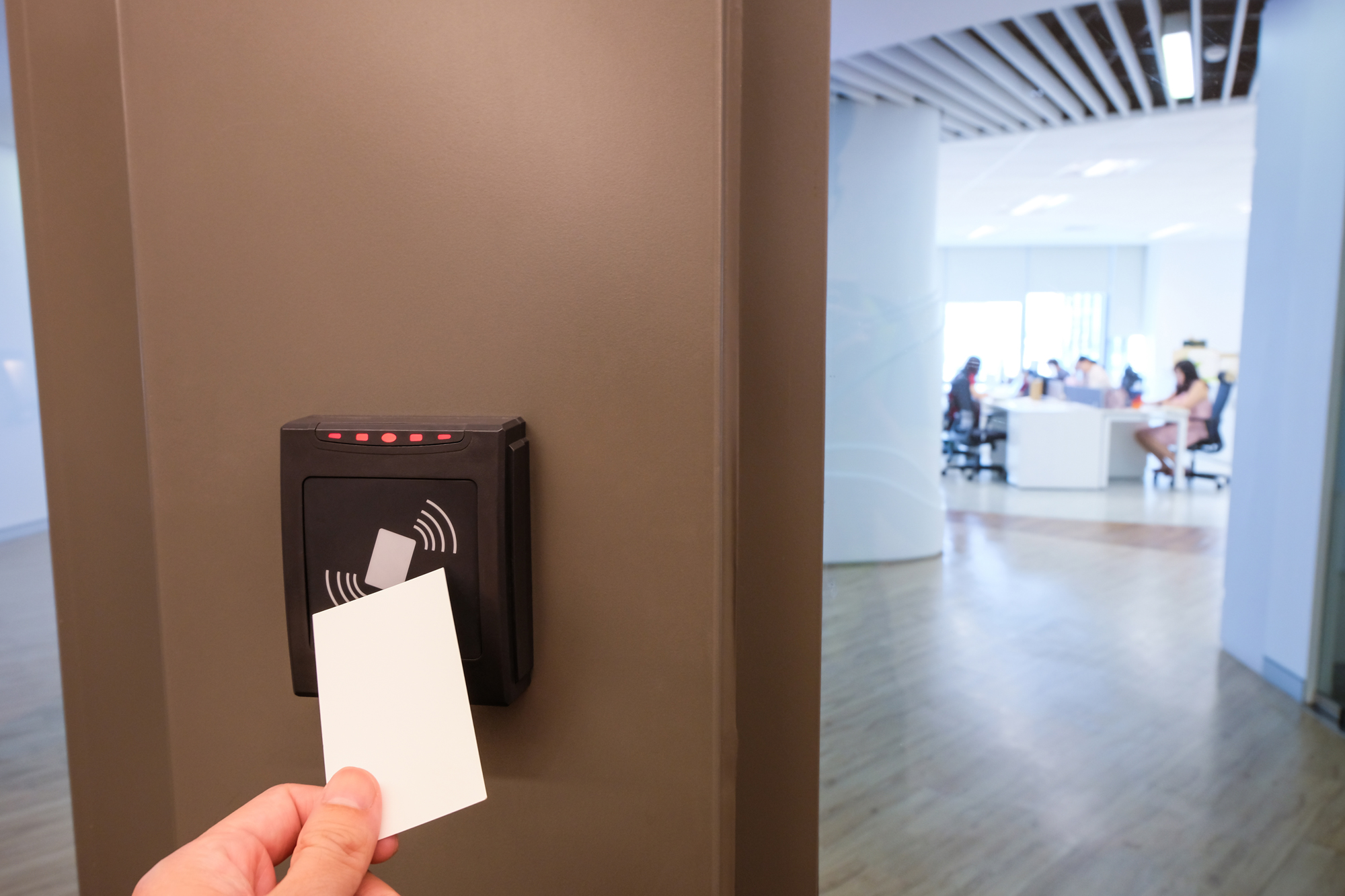The Need for Smart Building Technology
Did you know that people in developed countries spend up to 90% of their time inside? This can be a residential building, educational campus, office spaces, commercial facilities, or a place for indoor recreation. What does this mean for property teams and building managers?
When people spend 90% of their time in your building, it’s imperative that they are comfortable. This is possible with the help of smart building technologies.
What is a Smart Building?
Smart or intelligent buildings are facilities with useful building services that increase tenant comfort and productivity. This might come in the form of intelligent lighting features, improved indoor air quality, automated thermostats, physical security systems, efficient energy systems, and cloud-based access control.
In the past, most buildings were simply the brick-and-mortar structures that we’ve always known. Modern-day buildings, however, are much more complex structures that feature state-of-the-art technology and artificial intelligence, allowing building owners to select HVAC systems, security, entertainment systems, and more with ease. Smart buildings control conditions through a network of devices to optimize the building performance, including operating costs, energy consumption, and improving occupants’ comfort level.
As we enter a highly digital world, smart building technology and its benefits are becoming increasingly popular. In fact, the smart building industry is forecasted to grow from $66.3 billion to $108.9 billion in 2025. Let’s explore why in a little more detail below.

Top Smart Building Technology Industry Trends and Practices
Access Control
Unfortunately, the good ol’ lock and key may not suffice anymore, especially if you have sensitive information in your building.
Installing a cloud-based access control system not only fortifies the overall building security, it also helps teams effectively manage their visitors, view all data from a centralized system, and make changes in an instant without a complete system overhaul.
Let’s say that a former employee who wants to retaliate after being fired still hasn’t turned in their keys.The former employee can access restricted areas and sensitive data or threaten the physical security of the building. To prevent this, building management would have to call a locksmith to change the locks to the whole building. Consequently, everyone would be required to get a new set of keys — this is just another avoidable expense if you’re using a cloud-based access control system.
Visitor Management
The manual visitor management process is tedious and inefficient. In a standard office building, visitors have to go through a lengthy process to get their pass: line up at the security desk, complete a check-in form, get approved and show their ID.
A visitor management system would help automate most of this process.
Visitors can complete a check-in form through a website or app before their arrival. Some visitor management providers offer guest passes in the form of barcodes or QR codes.
Visitor management platforms also let you know when your guests have arrived, so you’re not caught off-guard by untimely visits. With visitor management and access control systems combined, building teams and facility managers can control which areas visitors can visit, the level of clearance they have and have a reliable audit trail.
On-Demand HVAC
Overtime or after-hours HVAC manages your heating, ventilation, and air conditioning (HVAC) in the most optimal ways and during the most optimal hours.
A smart building allows you to control your HVAC system based on real-time building data, such as the number of occupants, ambient environment, and even the time of day. Beyond making the environment comfortable for building occupants or tenants, building owners can optimize energy use/sustainability, cut unnecessary expenses and automate processes related to HVAC control.
After-hours HVAC allows tenants to keep their offices comfortable even after working hours. It also allows property teams to avoid running HVAC in unoccupied buildings. It’s a win-win.
Real-time Energy Monitoring & Analytics
Modern smart buildings allow the monitoring of building and suite energy use, analyze it for optimization opportunities and automate related processes. Energy analytics helps teams become more sustainable, reduce energy cost and curtail consumption. This immediate monitoring also lets you discover resource-saving opportunities before it ever negatively impacts your bottom line.
With this data, property teams can also take action to make their buildings more energy-efficient. For example, you can set up an automated process to turn lights on and off when motion is detected.
Submeter Billing
Smart building technology has also impacted submetering. Traditionally, property teams take and record meter readings manually. Physically going to each meter and manually recording the reading has led to costly mistakes, disputes with tenants, and is an overall tedious task for any building management team.
Smart buildings with submeter reading and billing can generate accurate invoices for tenants. Automated submeter billing also helps property teams focus on more important tasks, making better use of their time. Further, automated submeter billing prevents disputes with tenants over inaccuracies caused by human error that’s prone to show up in the manual read-and-record process.
The Future of Smart Building Technology
Internet of Things (IoT)
The Internet of Things (IoT) is defined as an interconnected network of IoT sensors, devices, actuators, and control systems. It’s a necessary technology for smart buildings, as almost all operations within a smart building use IoT technology and its connectivity.
Devices in an IoT network communicate, exchange data, share information and work together to create an ideal environment as directed by the control system. As tenants’ needs become increasingly more dynamic, smart building technology and are only bound to evolve, too.
Building Automation Systems
A Building Automation System (BAS) (also known as Building Management Systems (BMS)), is a centralized system for automating various functions in smart buildings, including HVAC control, access control, lighting, and energy management. It’s common for a BAS/BMS to have a visual dashboard and an automated control system. The visual dashboard serves as a way for users to interact with the system, such as updating the settings, seeing usage reports or viewing component statuses.
Pro-tip: Connect your BMS with our On-Demand HVAC platform! We’ll work with your existing devices to deliver after-hours HVAC to all tenants or employees.
Invest in Smart Building Technology with Genea
Smart buildings make workspaces or buildings more comfortable, optimizes its performance and cuts operational costs.
While various smart technologies are available, you don’t have to install all of them right away. You can always make incremental improvements, tailoring functions you install to your goals for the building.
Today, many commercial buildings are focusing on smart building systems and installing technologies that make it safer and more convenient for employees and tenants.
With Genea, building owners and property teams can create a safe, optimized and highly-functional environment for all. Get in touch with us today to learn more about our smart building solutions.






